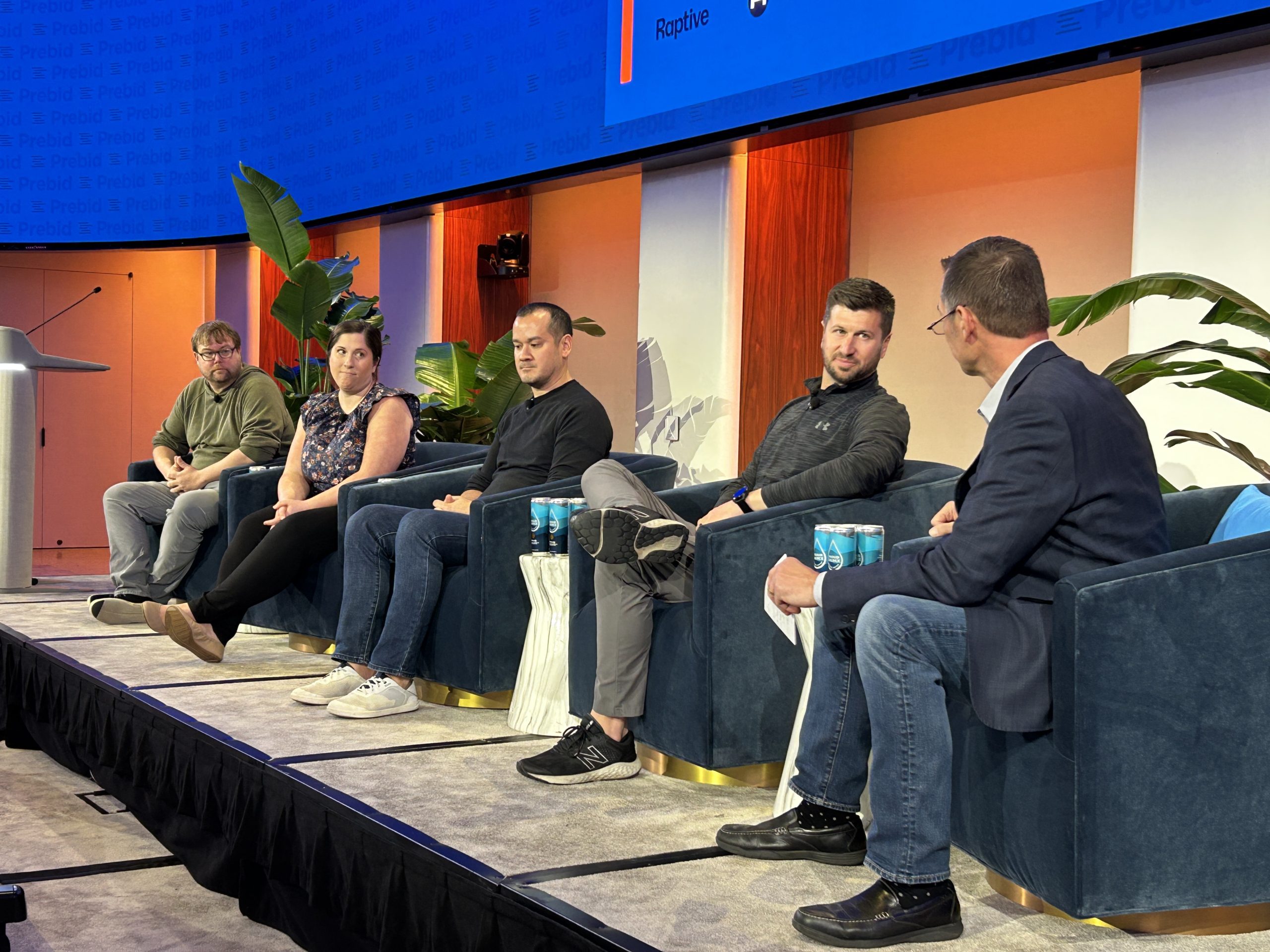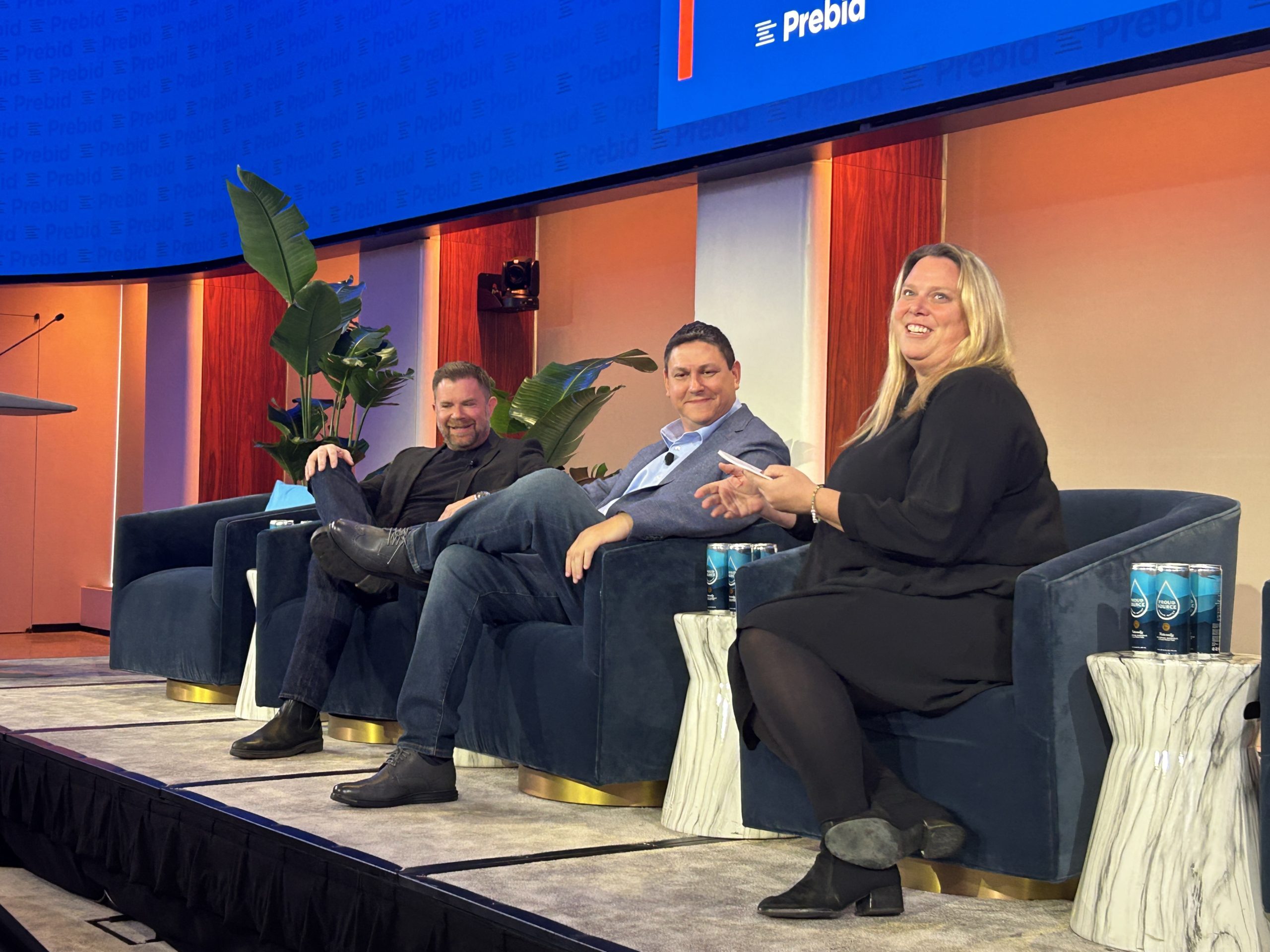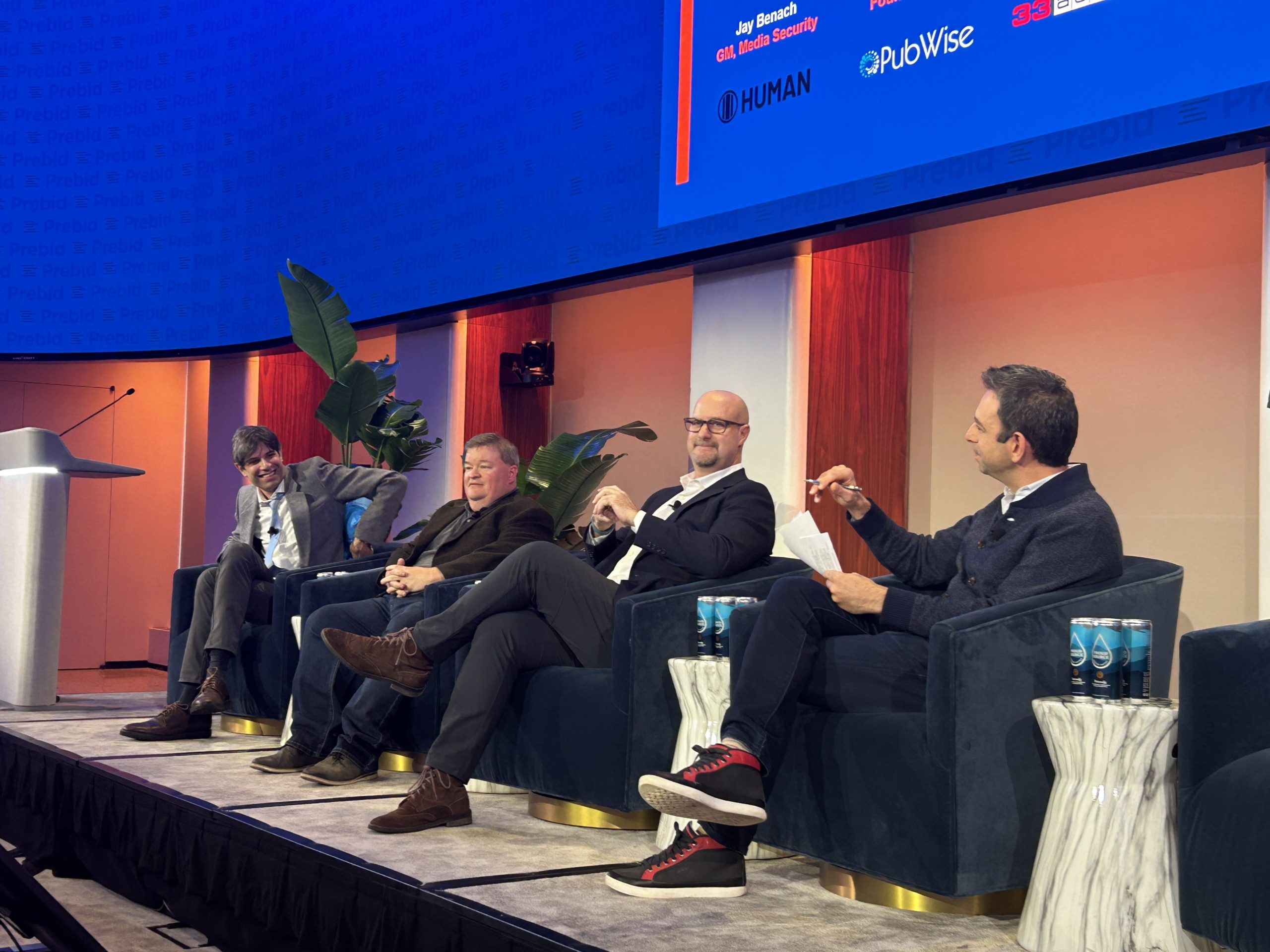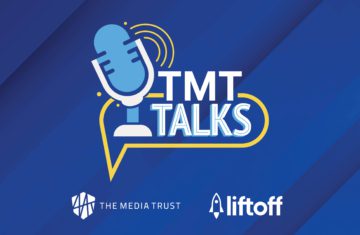
With no more punting on the depreciation of the third-party cookie, Product Marketing Lead Gavin Dunaway finds the Prebid Summit crowd anxious about addressability and measurement in 2H 2024.
Prebid has “become an industry voice, a standard,” said Garrett McGrath, SVP of Product Management at Magnite and Chairman of the Prebid.org board, kicking off the Prebid Summit in New York on Monday, Oct. 23. “Five to six years ago, I would not believe that Prebid could become the industry force it is now.”
The packed conference hall seemed to testify to the power of Prebid across the industry. Even… Wait, who let Google into a Prebid conference?!? My goodness, Big G was SPONSORING under the Privacy Sandbox label?!?
Yes—as Raptive SVP of Research and Prebid board member Patrick McCann noted, lots of Prebid pubs think the Protected Audience API will bring in a large amount of revenue in the future, and Prebid is the spot to test it out now. But how soon will the boldest performance marketers come out to play?
Prebid has gone far beyond organizing header bidding partners for technically advanced publishers, the Prebid.org organization is boldly advancing into new territory, like video, mobile apps, and CTV.
But dominating the summit—and a lot of digital advertising conversations these days as the grisly end appears to be in site—was the imminent depreciation of the third-party cookie (3PC). And curious enough, Prebid appears to be a key tool for both the buy and sell sides to determine what the programmatic landscape will look like when Google Chrome fully pulls support for 3PCs.

L to R, Garrett McGrath, SVP of Product at Magnite and Prebid.org Board Chair; Mike Racic, President of Prebid.org; Charlstie Veith, SVP of Global Communications at Magnite.
Identity Unknown
Which identity partners will thrive, which ones will merge, and which ones will fade into the footnotes of AdTech history? Sadly, it’s too soon to tell—but publishers and supply-side platforms can’t wait until depreciation starts to make moves. Some publishers have integrated identity partners in the double digits, but they can’t tell what IDs are driving revenue.
“We have 14 unique identity modules live right now, but we’re not quite sure what any of them are doing,” said Matt Burgess, EVP of Demand at Freestar. “We’ve actually had to build our own identity performance framework to figure out if we’re seeing revenue lift or not.”
Supply-side platforms and publishers are hoping that this will clear up once the cookie starts depreciating in 2024. But it is particularly annoying that advertisers should be leading this charge, and should have picked their preferred IDs ages ago. But as I’m fond of saying, you’ll have to rip third-party cookies from advertisers’ cold dead hands.
Key in the identity conversations was the notion of interoperability—identity partners/graphs can and should work together to improve their reach.
“One thing the cookie got right: interoperability,” said Zach Rosen, VP and Head of North American Publishers at LiveRamp. “How do we bring that to the cookieless world? By connecting identifiers. This offers pubs the ability to test multiple identifiers just by testing one framework.”
And Prebid certainly aims to be central as a testing framework—but the clock is ticking down fast as the depreciation begins in January 2024. Eric Wheeler, CEO of 33Across, commented that Q2 2024 is going to be “a scramble.” While the switch is going to be long and painful, we should be looking to performance advertisers to lead the charge with adopting new identifiers and cookie alternatives, he said.
Measurement Malaise
We often get distracted in post-3PC talk by the lack of addressable inventory, but the bigger issue in a cookieless landscape is an inability to measure.
“Advertisers have to get measurement right, or they can’t scale,” commented Anthony Rinaldi, Chief Performance Officer at Essence. “There’s massive amounts of metadata out there to build predictive targeting and modeling, but that can’t happen if advertisers can’t measure correctly.”
And in advance of the cookie stoppage, advertisers are publicly declaring their discontent with measurement options.
Generally, advertisers are burned out and cynical about digital media performance and targeting, said Ben Jurist, Founding Partner at the Grain Group. “We need further standardization of verification—two different verification companies will say very different things about the same impression.” He went on to suggest (and his agency co-panelists agreed) the need for a new generation of verification companies—guys that are actually verifying the verifiers.
When talking about the post-3PC landscape on the main stage, not one buy-side person mentioned Google’s Privacy Sandbox.

L to R: Jay Benach, GM of Media Security for Human; Stephen Johnston, Founder and CTO of Pubwise.io; Eric Wheeler, CEO of 33Across; Jake Abraham, CCO at Audigent.
The SDA Paradox
In theory, IAB’s Seller-Defined Audiences (SDA) should be excellent—it’s a privacy-friendly manner for advertisers to scale their targeting to audiences across publishers based on standardized audience interests.
In practice, the chips are stacked against SDA. First off, SDAs really require a publisher to use a data management platform (DMP) to manage its first-party data segmenting. Those are not cheap! SDA should really be a great tool for mid/long-tail publishers whose revenue efforts will be demolished by 3PC deprecation—except those publishers can’t
Next, the premium/”tier 1” publishers that can afford DMPs are finding they can use their data segments to seal guaranteed buys or PMPs directly with advertisers, so they’re reluctant to release them to the open marketplace. Finally, as AWS’ Steph Layser noted on the mainstage, measurement capabilities are baked into 3rd-party cookies—not the case with SDAs.
“As long as you can use cookies as a crutch, why would advertisers bother with seller-defined audiences?” she lamented.
Quality Quest
“Chasing scale is not the business for pubs anymore,” Layser said. “It’s chasing quality. Chase quality in your content, partners, data, advertising—that will be your North Star in terms of industry development. It will never steer you wrong.” The consumer experience, including privacy, is central to all publisher moves going forward.
However, Wheeler suggested that the buy side is not on the same page. “The very mechanisms of digital advertising delivery are being questioned right now. Advertisers want to know if they can get scale, efficiency, and measurement. Quality comes after those. I can’t believe buyers are going to pick sustainability initiatives over the ability to track conversions.”
Compliance Penalty?
Mediavine General Counsel Jamie Lieberman asked the question aloud many likely think to themselves often: Is proper compliance a disadvantage right now? Is playing by the rules simply letting others grab revenue left on the table?
No, she argued. Even if not all publishers and adtech companies are fully compliant with the increasingly complex regulatory landscape, they will eventually have to be—so it’s a competitive advantage to stay ahead. Those who don’t build in compliance will have to race to catch up because this is not going away.
“In the future, I don’t think cutting corners will be rewarded,” said Lieberman. She suggested some players will not make it.
Pubs’ Q4 Doldrums
The supply side in general is very dour about Q4—they’ve got all kinds of bad vibes about the potential revenue coming in. And it’s a two-front assault—publishers are also facing a traffic squeeze.
Certainly it’s well known that X/Twitter has been throttling outside links, but I’ve heard from audience development folks that referral traffic from Meta (namely Facebook, because Instagram makes it quite a bear to get audiences out of the platform) has been down since the summer. Facebook is completely out of the news game, and seems more inclined to keep users within its walled garden. (Coincidentally, Meta reported a massively great Q3, due to double-digit ad revenue growth.) And Google search results seem to be increasingly designed to minimize page clicks (which seems a shortsighted strategy on multiple levels…).
Industry veteran Heather Carver, recently installed as CRO of Freestar, warned publishers against falling into bad old tricks to drive short-term revenue—adding a few extra units at the bottom of a page, decreasing ad refresh time, etc. Any short-term gain will be completely undermined in the long term because buyers will turn them off. Getting turned back on is damn difficult.
The threat of getting cut off from demand sources should truly shake publishers at the moment as advertisers are increasingly screaming about “MFA” sites and low-quality inventory. The mid/long tail in particular can’t afford to get culled on curated supply lists.
Follow me on LinkedIn for conference insights and more.



